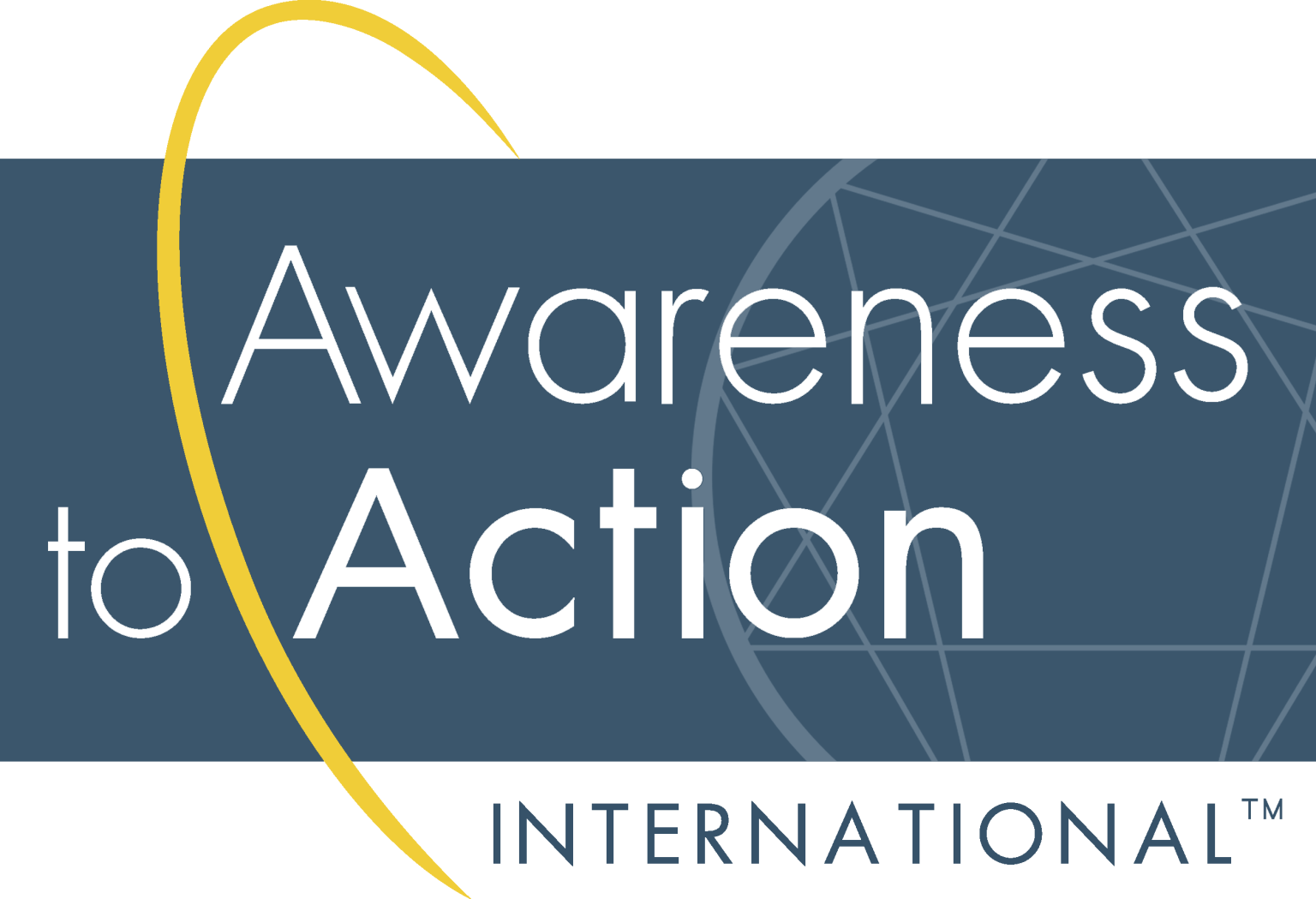The is part of an ongoing series of articles on the qualities of the mind and mindfulness. For the others, visit us at the Awareness to Action Blog
Growing up in suburban Philadephia, I had the opportunity to see two of the greatest-ever orchestra conductors, Eugene Ormandy and Riccardo Muti, at work. As a young teen knowing almost nothing about classical music and forced to attend an afternoon matinee on a school trip, Ormandy seemed at best a superfluous figure—just an old guy waving a little stick around while the musicians played their instruments. When Muti, with great fanfare, succeeded the revered Ormandy in 1980, I didn’t understand why it was such a newsworthy event. It made no sense to me that everyone was talking about the guy with the little stick but no one talked about the musicians actually playing their instruments at such an elite level.
By the time I got to see Muti in action a few years later, however, I had come to understand why the conductor was so important—whereas each individual musician was playing his or her single instrument, the conductor was “playing” the whole orchestra. Each thrust of the baton or wave of the hand was a signal to play louder or softer, fast or slower, emphasizing the strings here and the horns there. The perspiration that dripped from Muti’s brow at the end of the performance was well-earned.
The previous five qualities of the mind we have discussed in previous articles are like the musicians—each serving a specific role. Our sixth and final quality, the Conducting Mind, plays the same role as the conductor—paying attention to everything and applying the qualities as necessary.
It is important to reiterate that when we talk about the qualities of the mind, we are speaking about different “minds” metaphorically—we don’t have separate minds; our (one) mind has various functions and performs various activities. Speaking of these functions as if they were different entities is only an attempt to illustrate the cognitive workings of our brain.
That said, we’ll continue with our metaphor.
The conductor of an orchestra has two basic, overarching responsibilities—to prepare the orchestra prior to the performance and to manage them during the performance. The conductor is usually not an elite performer on any particular instrument, but they must know enough about each instrument to understand its place in the whole. They must, among other abilities, understand music theory, have a deep knowledge of composers, be able to pick great musicians, and know enough about human nature to manage a large group of creative people.
Likewise, the Conducting Mind is built upon an understanding of the functions of each of the other qualities. It is the place where metacognition (“awareness and understanding of our own thought processes”) takes place and it serves the role of “the observer” that is talked about in many mindfulness traditions. The Conducting Mind’s job is essentially to ask two questions: What is happening now? What quality of the mind do I need to deploy to respond to what is happening?
On the surface, this sounds simple—similar to my misguided belief that Ormandy was just an old guy waving a little stick. It is, in fact, a much more subtle and sophisticated activity that requires practice.
We develop the Conducting Mind by:
- Developing the other five qualities of the mind as described in the previous articles.
- Training it in a disciplined way.
Training the Conducting Mind is not complicated, even if it takes a bit of effort: get into the habit of asking yourself the two questions above—“What is happening now and what quality of mind do I need to apply in response?” Should I be employing Beginner’s Mind? Discerning Mind? Am I getting the results I want in return? If I didn’t get the results I wanted, what could I do differently next time.
We can start by asking these questions at a predetermined time during the day, at multiple predetermined times, or we can set a random timer to prompt us. The more we practice in this intentional and structured way, the more frequently our Conducting Mind will take it upon itself to ask those questions. We don’t have to try to maintain that hyper-alert state all the time, but it helps to be able to call it up when we need it.
Training the Conducting Mind will give us the ability to apply each of the qualities of the mind at the appropriate times.
And that is what it means to be mindful.






